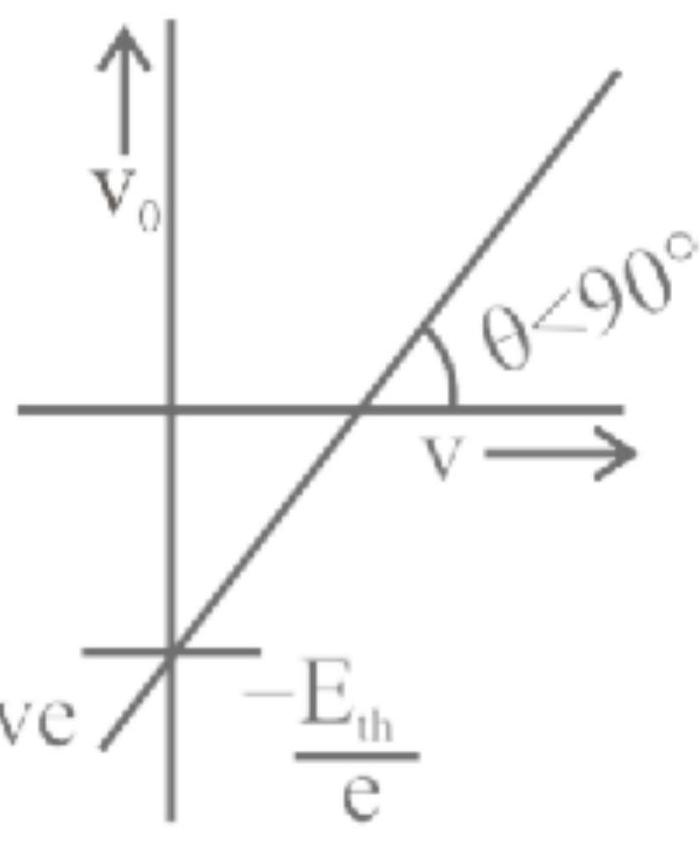142239 It takes $4.6 \mathrm{eV}$ to remove one of the least tightly bound electrons from a metal surface. When monochromatic photons strike the metal surface, electrons having kinetic energy from zero to $2.2 \mathrm{eV}$ are ejected. What is the energy of the incident photons?
142239 It takes $4.6 \mathrm{eV}$ to remove one of the least tightly bound electrons from a metal surface. When monochromatic photons strike the metal surface, electrons having kinetic energy from zero to $2.2 \mathrm{eV}$ are ejected. What is the energy of the incident photons?
142239 It takes $4.6 \mathrm{eV}$ to remove one of the least tightly bound electrons from a metal surface. When monochromatic photons strike the metal surface, electrons having kinetic energy from zero to $2.2 \mathrm{eV}$ are ejected. What is the energy of the incident photons?
142239 It takes $4.6 \mathrm{eV}$ to remove one of the least tightly bound electrons from a metal surface. When monochromatic photons strike the metal surface, electrons having kinetic energy from zero to $2.2 \mathrm{eV}$ are ejected. What is the energy of the incident photons?
142239 It takes $4.6 \mathrm{eV}$ to remove one of the least tightly bound electrons from a metal surface. When monochromatic photons strike the metal surface, electrons having kinetic energy from zero to $2.2 \mathrm{eV}$ are ejected. What is the energy of the incident photons?

